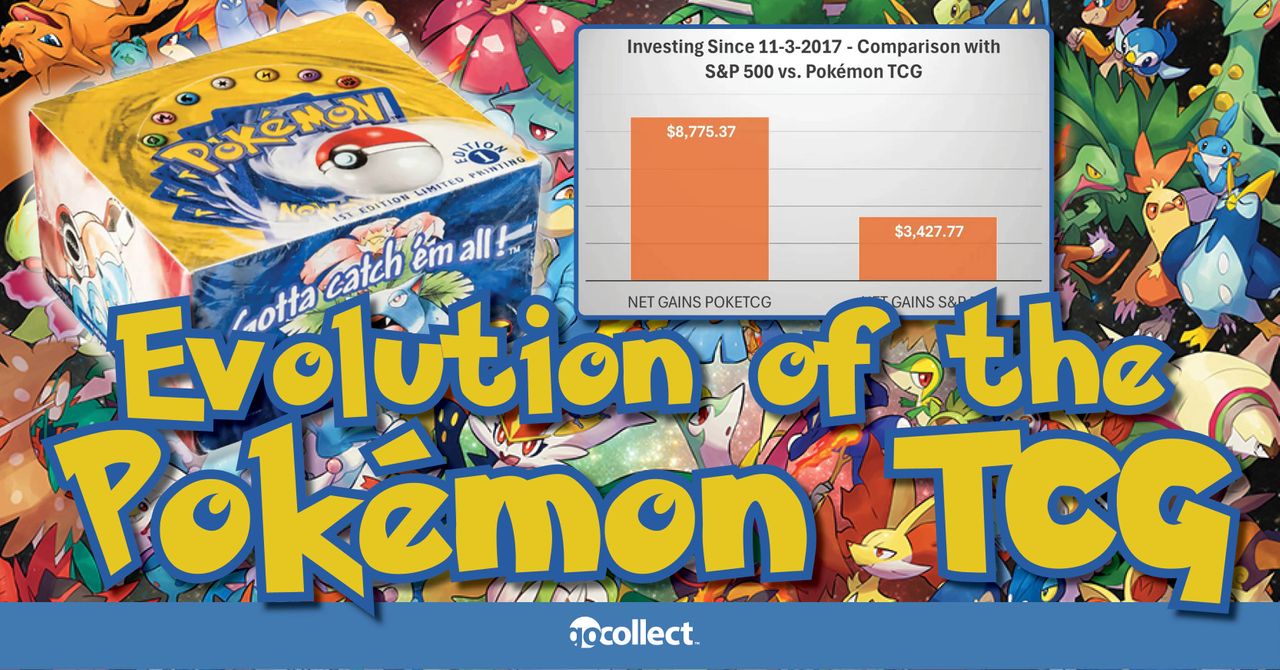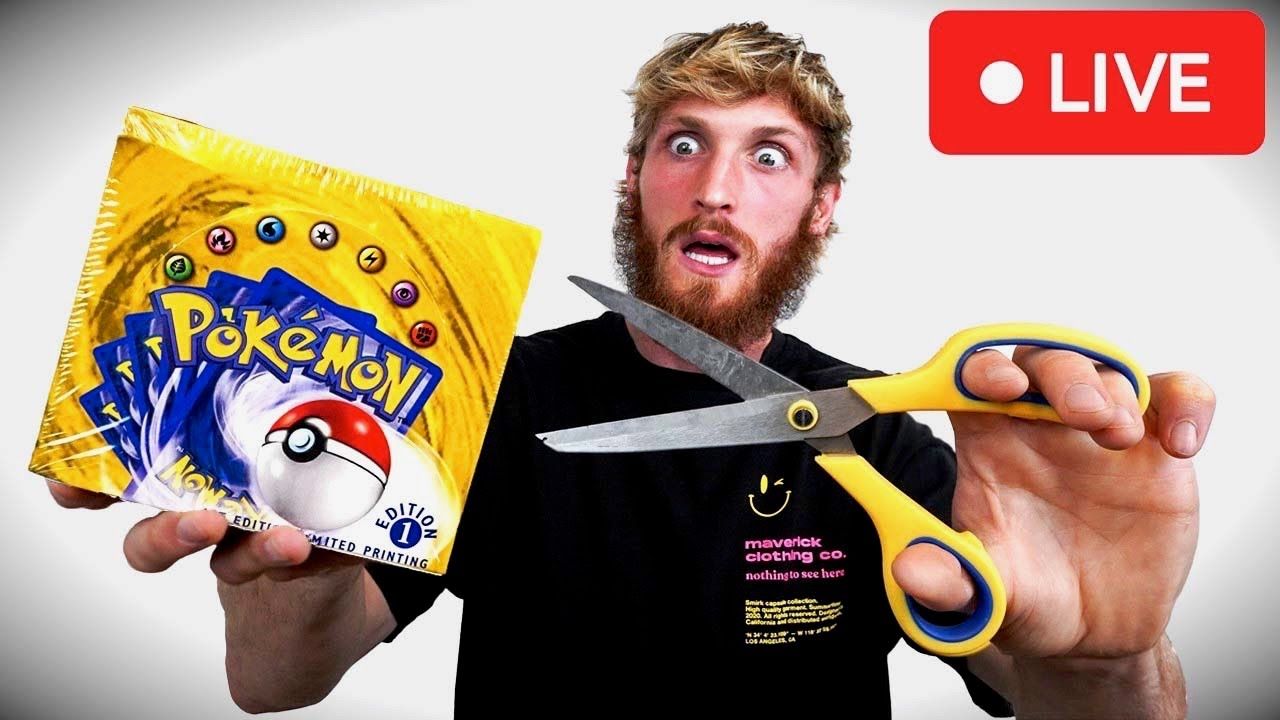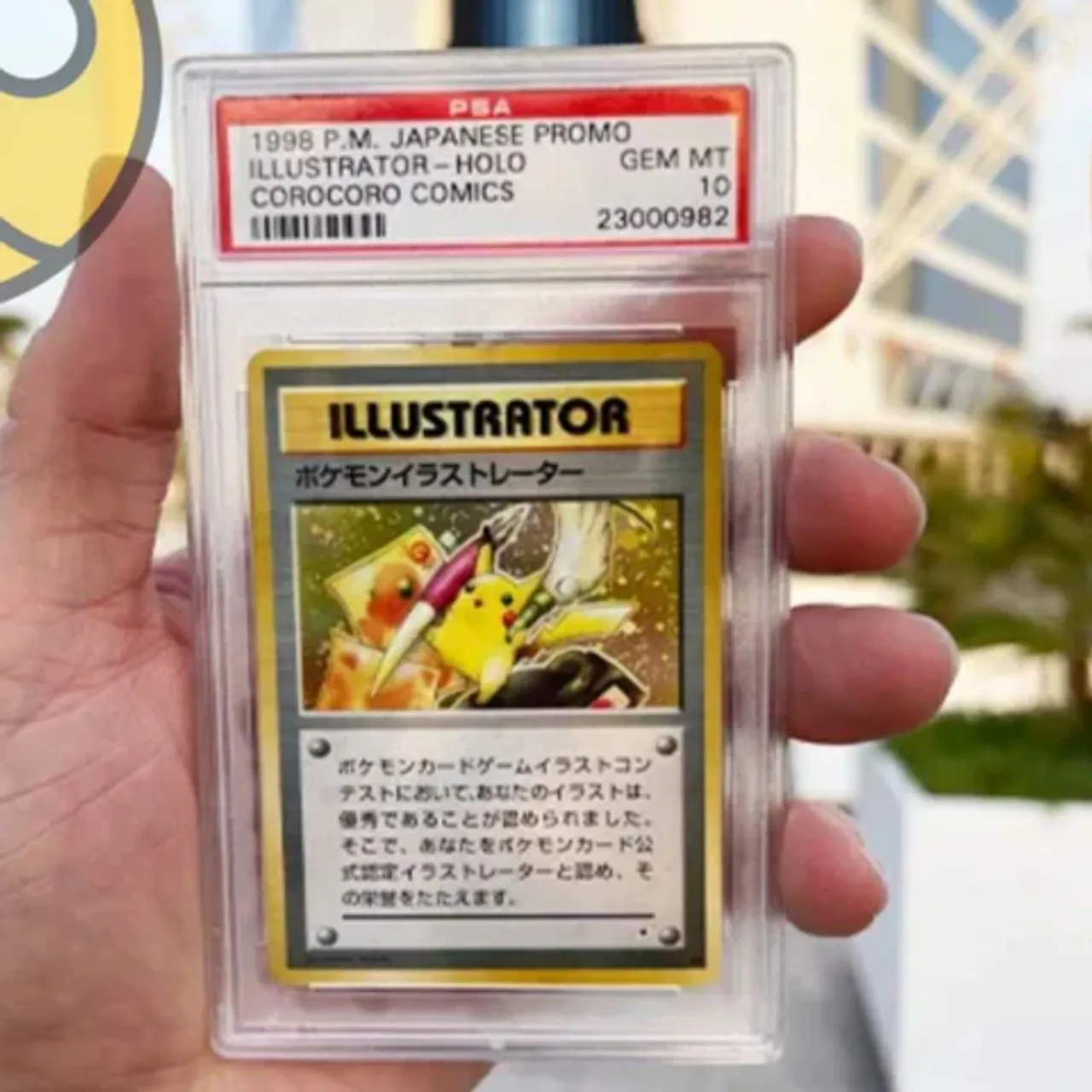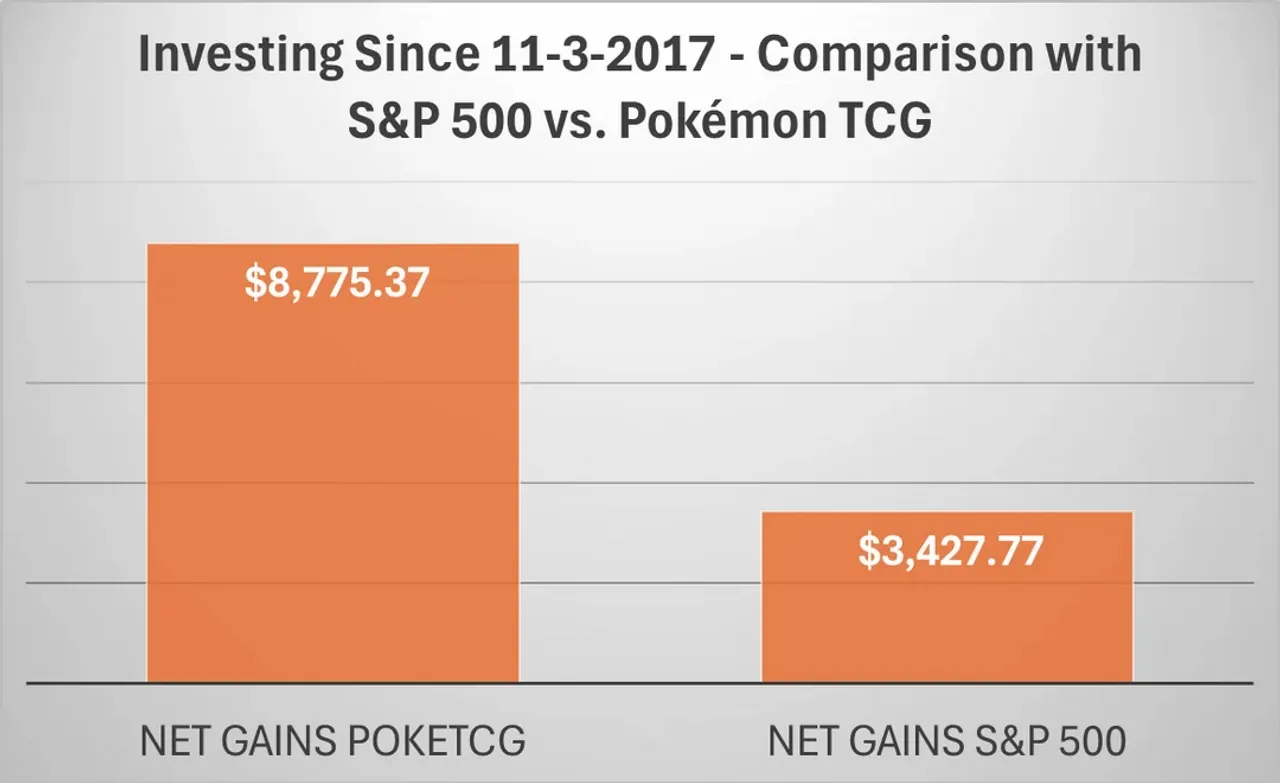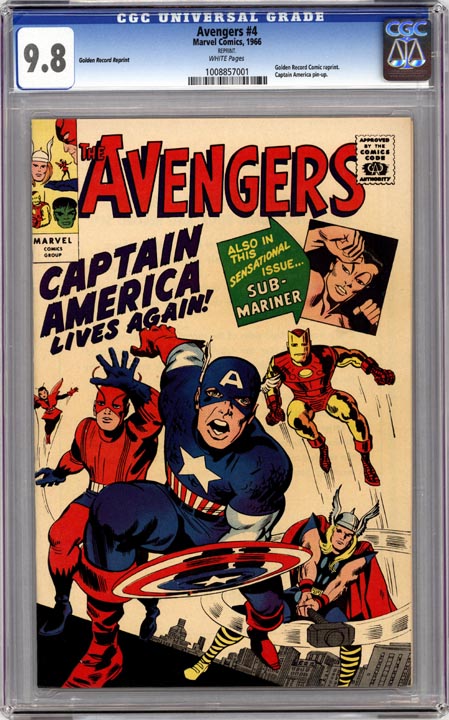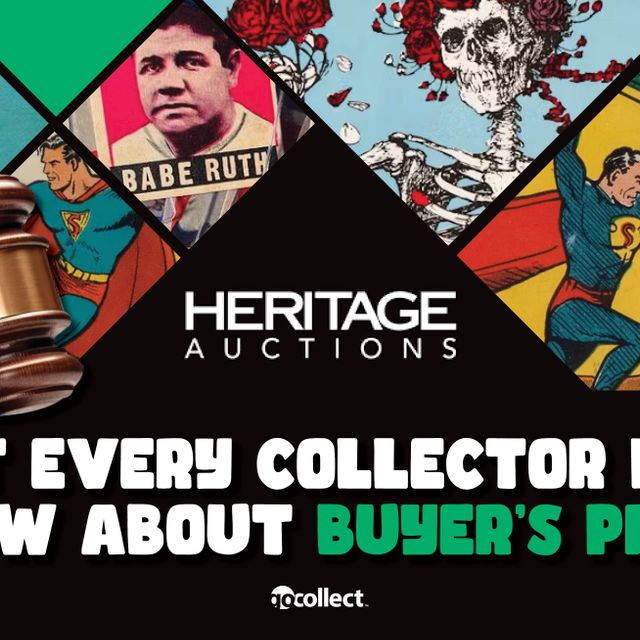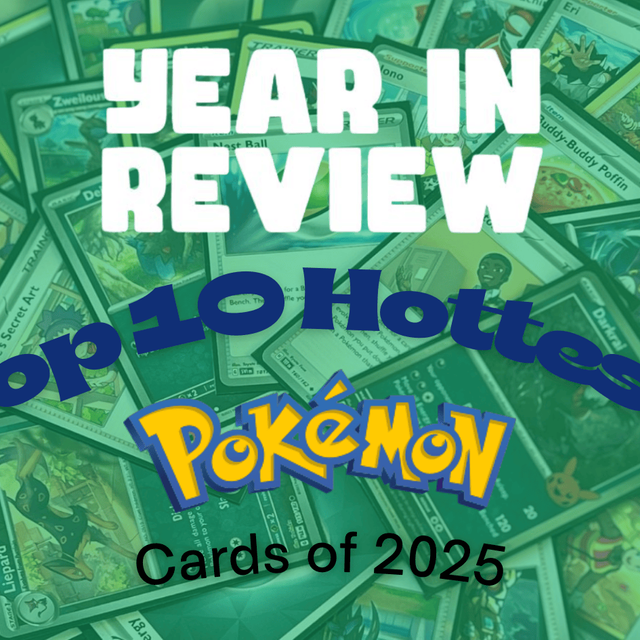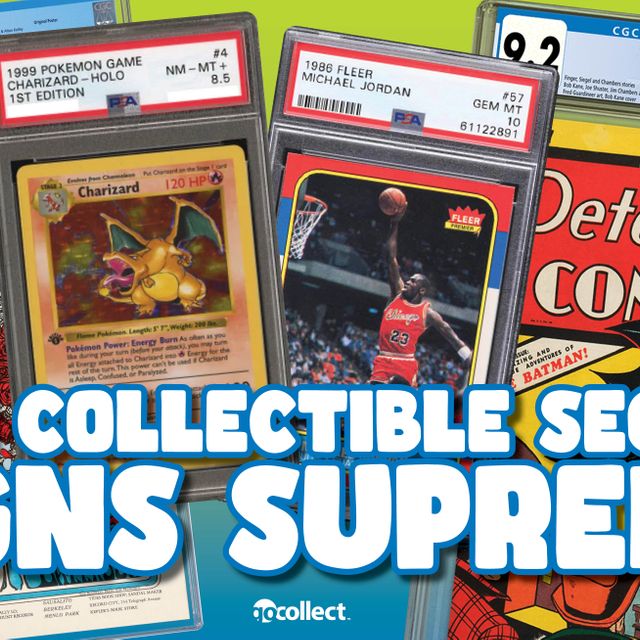Just how did a series inspired by, of all things - bug catching - become the highest grossing media franchise of all time?
As a child growing up in Japan during the 1970s, Satoshi Tajiri loved to collect bugs as a child. As more and more of Japan's forests disappeared over the years, Tajiri hoped he could recreate the experience he had collecting insects through a "pocket monsters" video game he had created through his company, Game Freak. His company almost went bankrupt several times, but he had some success developing several games for Nintendo and Sega during the early 1990s.
After working for six years on the first two "Pocket Monsters" games, life changed dramatically when the games were finally released on Nintendo's Game Boy on February 27, 1996 in Japan. After the games had become sleeper hits, Pokémon was then exported to the rest of the world in the late 1990s, creating an unprecedented global phenomenon. The Pokémon Red and Blue video games sold four million copies during its first year of release in the U.S. alone, and 31 million total by the end of its run.
For those who kept their Pokémon games sealed, they're quite valuable; this 8.5 WATA graded copy of Pokémon Red recently sold on eBay for $2,800:
Pokémon quickly followed up on the success of its video games by broadening its franchise to include an animated TV series, manga, merchandise, and, most importantly for us collectors, a trading card game. While most of us were introduced to the Pokémon franchise via Gameboy, the Pokémon Trading Card Game (TCG) was an ingenious way for Pokémon fans to share in Tajiri's experience collecting insects by collecting their own pocket monsters that were featured on trading cards. Fans loved the illustrations by Ken Sugimori and Mitsuhiro Arita and children were all hoping to pull their own Pikachu, Blastoise, and Charizard cards from a booster box.
Pokémon cards became such a craze that even Tommy Mac contemplates hijacking a truck that contains Pokémon cards during an episode of The Sopranos.
After several years, "Pokémania" began to subside during the 2000s as Pokémon fans became young adults and gradually lost interest in Pokémon. Then came COVID-19 which sparked a boom in the entire collectibles market including Pokémon TCG in 2020. Stuck at home and flush with cash from the government, adults began buying Pokémon cards that they couldn't afford as children which drove values sky high.
Influencers also introduced TCG to a new generation of collectors. Pokémon TCG received another shot in the arm when YouTuber Logan Paul uploaded this video in October 2020 announcing that he had purchased an original sealed first edition base set booster box for a record-breaking $200,000. That video was seen 10.3M times. His box break video where he's seen opening those packs (which he sold for $11k each) was seen 12M times.
Paul, of course, is famous for purchasing the most expensive Pokémon card of all time: $5.275M for this PSA 10 1998 Pikachu Illustrator card:
Like the rest of the collectibles market, Pokémon trading cards have lost some of their value in recent years leading to trouble for some high-profile investors like Blake Martinez.
Still, there is a lot of evidence that Pokémon cards can provide a strong ROI. For example, according to this analysis conducted by a retail investor, investments in Pokémon booster boxes from 2017-2024 would've outperformed similar investments in the S&P 500 during the same period of time; specifically, Pokémon booster boxes would have returned over 100% more than if you had invested in S&P 500 ETF such as VOO.
As the analysis itself points out, this isn't exactly an apples-to-apples comparison since investing in an ETF is truly passive and the gains are liquid which can't be said about the effort it takes to purchase, store and sell Pokémon cards. While this analysis isn't meant to be bullet proof, it does provide enough data that investing in Pokémon cards can be a smart move.
